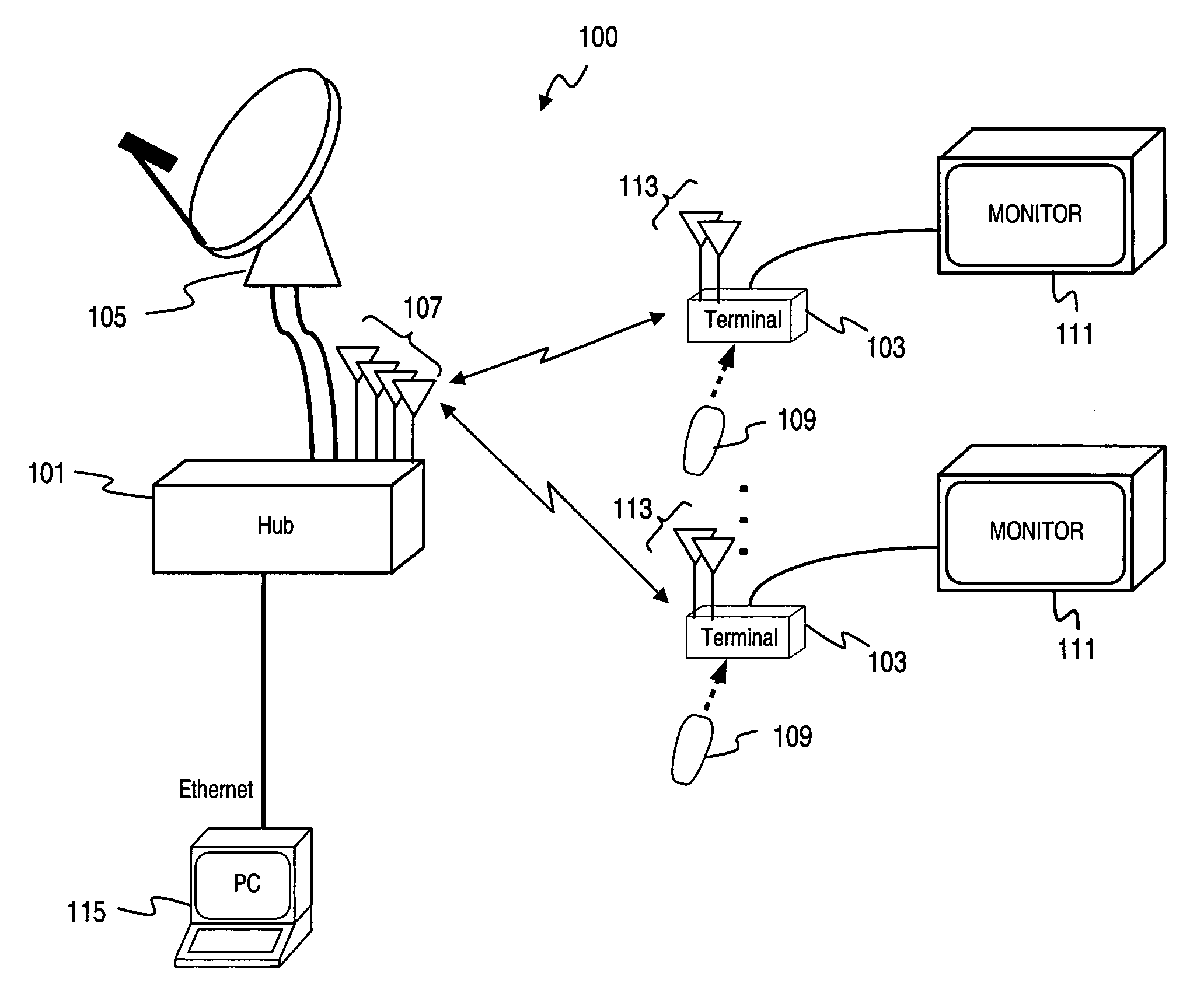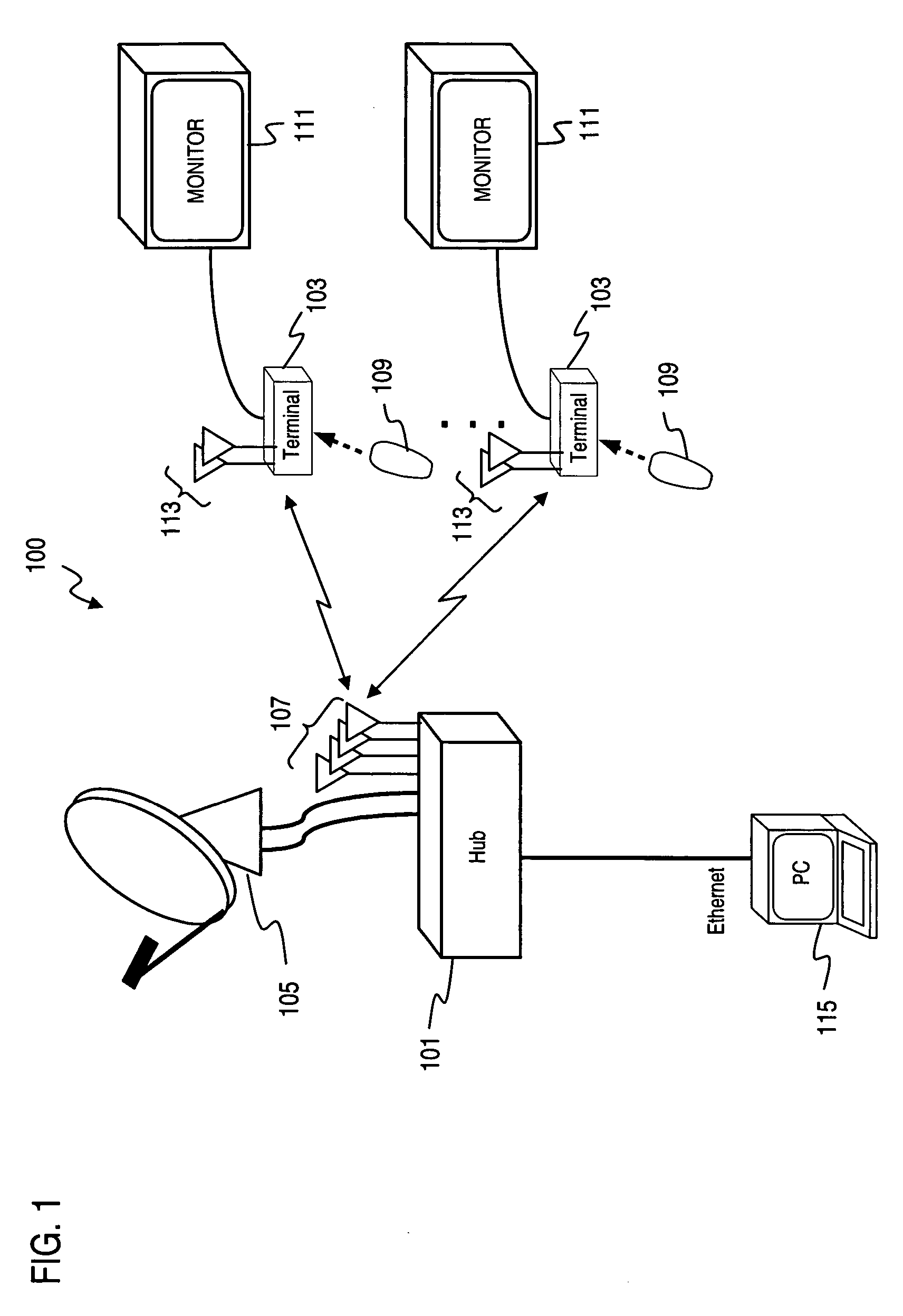Method and system for providing multi-input-multi-output (MIMO) downlink transmission
a multi-input, multi-output technology, applied in electromagnetic wave modulation, wireless commuication services, instruments, etc., can solve the problems of limited wireless systems, severe fading and shadowing problems, and not well suited to wireless applications involving asymmetric communication, etc., to improve transmission efficiency, optimize transmission quality, and improve transmission rate
- Summary
- Abstract
- Description
- Claims
- Application Information
AI Technical Summary
Benefits of technology
Problems solved by technology
Method used
Image
Examples
Embodiment Construction
[0022] A system and method for providing multi-input-multi-output (MIMO) transmission are described. In the following description, for the purposes of explanation, numerous specific details are set forth in order to provide a thorough understanding of the present invention. It is apparent, however, to one skilled in the art that the present invention may be practiced without these specific details or with an equivalent arrangement. In other instances, well-known structures and devices are shown in block diagram form in order to avoid unnecessarily obscuring the present invention.
[0023] Although the present invention is described with respect to home distribution of audio / video signals, it is recognized that the approach can be utilized in a variety of wireless applications, and premises.
[0024]FIG. 1 is a diagram of a Multi-Input-Multi-Output (MIMO) wireless distribution system, according to an embodiment of the present invention. A distribution system 100, for the purposes of expl...
PUM
 Login to View More
Login to View More Abstract
Description
Claims
Application Information
 Login to View More
Login to View More - R&D
- Intellectual Property
- Life Sciences
- Materials
- Tech Scout
- Unparalleled Data Quality
- Higher Quality Content
- 60% Fewer Hallucinations
Browse by: Latest US Patents, China's latest patents, Technical Efficacy Thesaurus, Application Domain, Technology Topic, Popular Technical Reports.
© 2025 PatSnap. All rights reserved.Legal|Privacy policy|Modern Slavery Act Transparency Statement|Sitemap|About US| Contact US: help@patsnap.com



